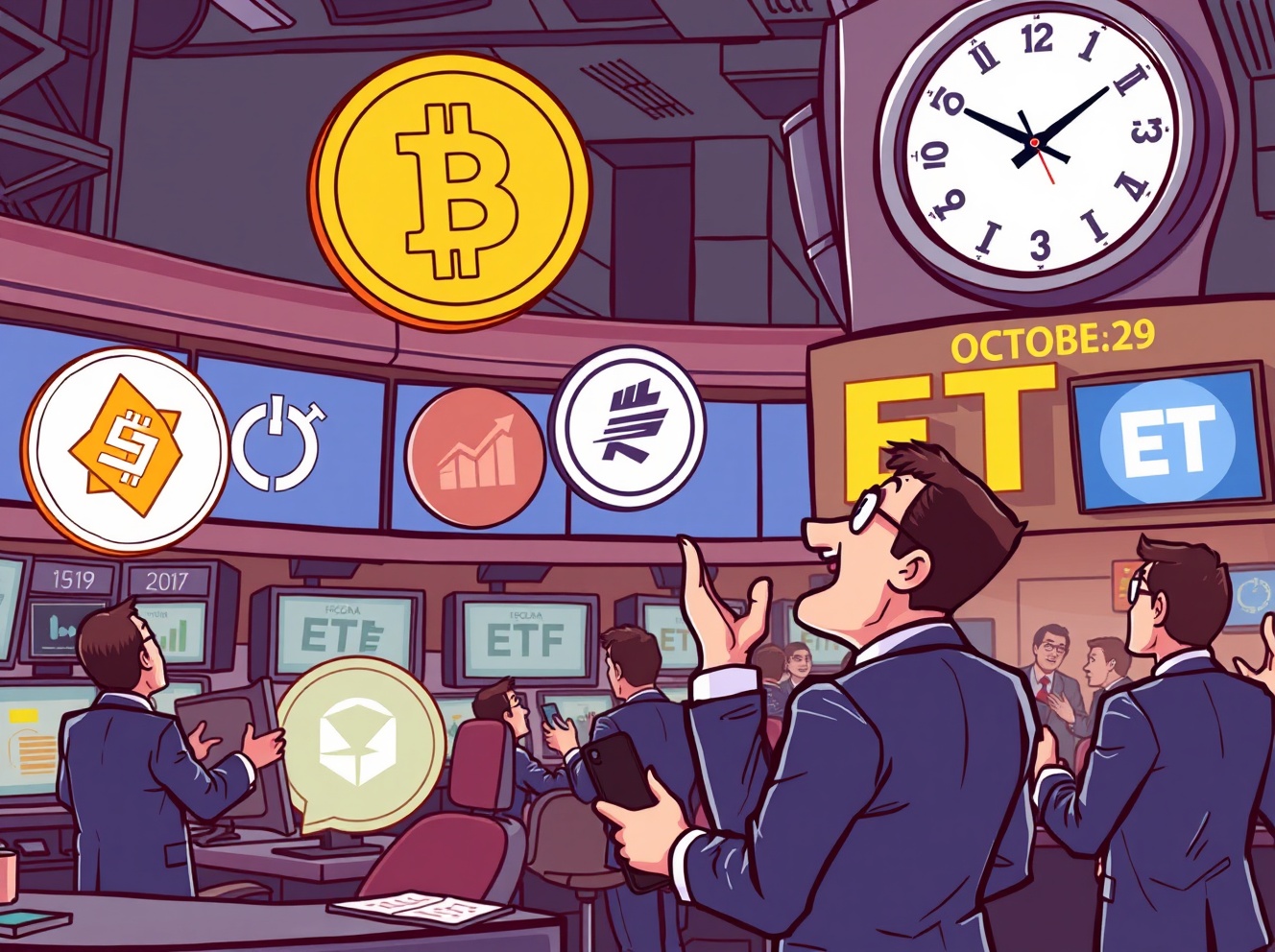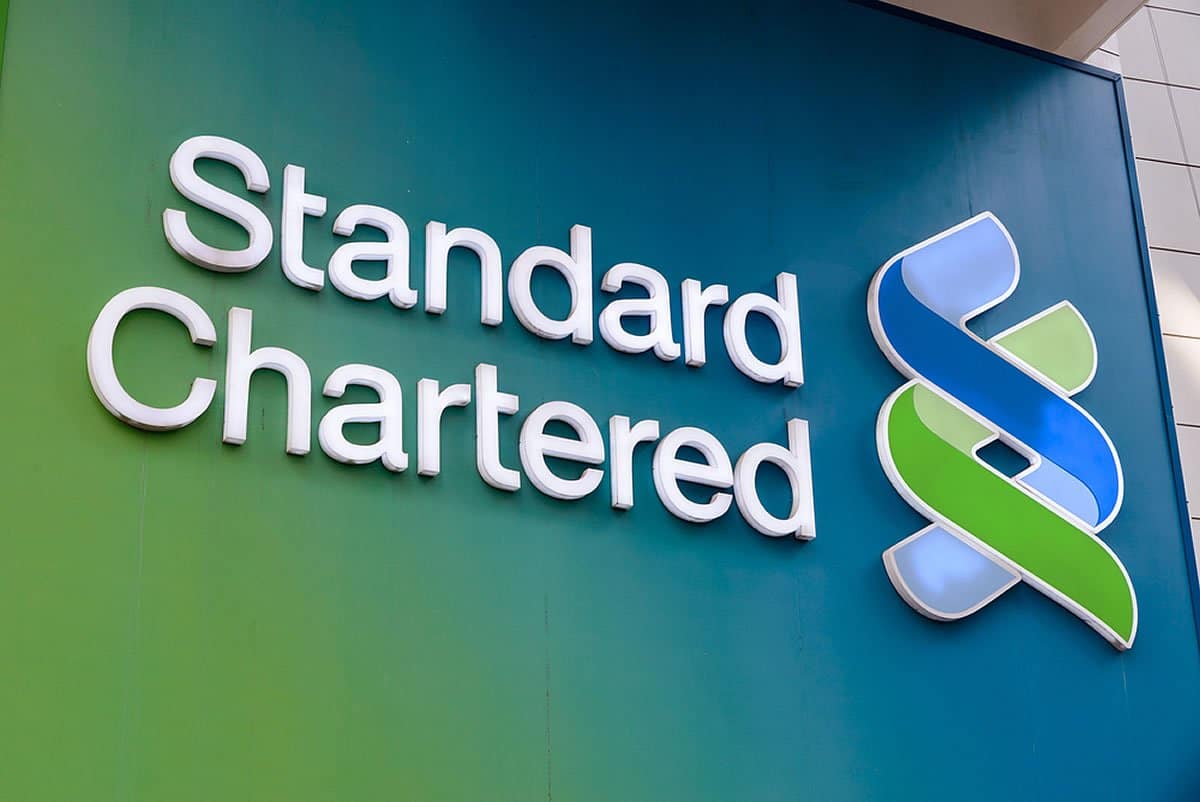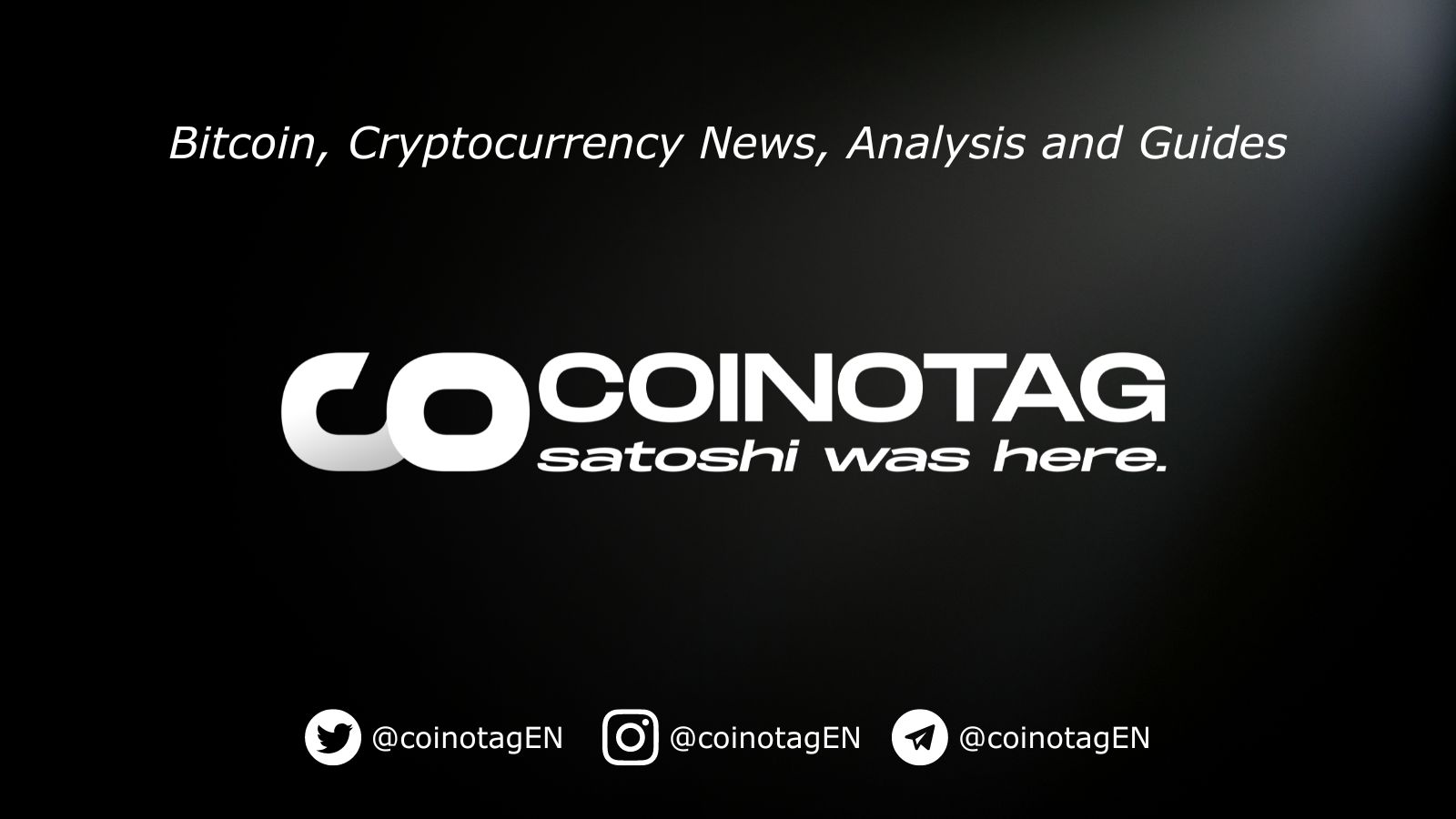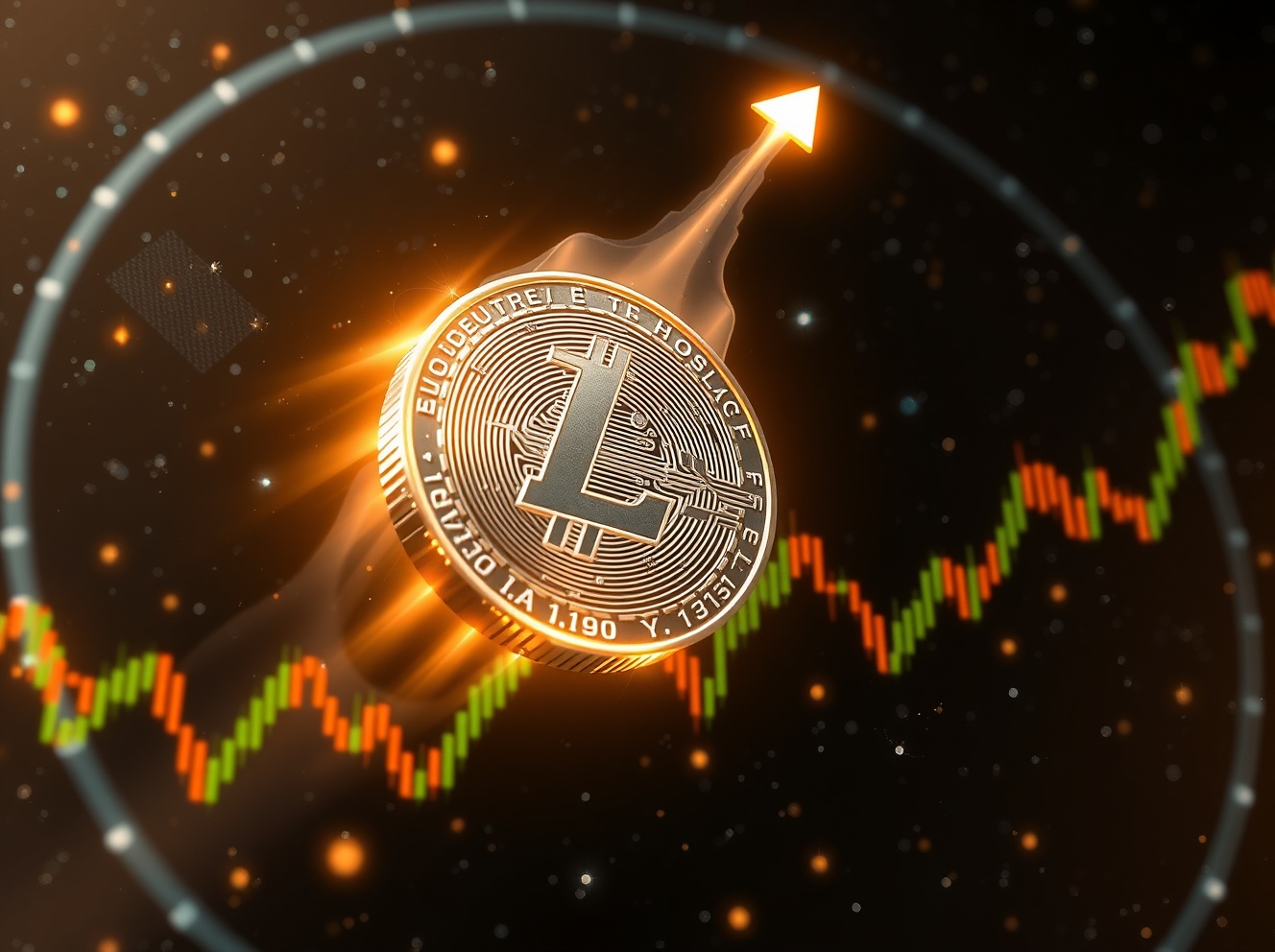
BitcoinWorld Litecoin Price Prediction: Unlocking the Incredible Potential of LTC by 2030 Are you wondering about the future of one of the oldest and most reliable cryptocurrencies? The question on every investor’s mind is, ‘What does the Litecoin price prediction look like for the coming years?’ From its inception as ‘digital silver’ to its consistent presence in the top cryptocurrency rankings, Litecoin (LTC) has carved out a significant niche. But can this veteran altcoin truly ascend to the monumental $1000 mark by 2030? Let’s dive deep into the factors, analysis, and expert opinions shaping the potential trajectory of LTC. Understanding Litecoin’s Foundation: The ‘Digital Silver’ Narrative Before we project its future, it’s crucial to understand what Litecoin is and why it matters. Created by former Google engineer Charlie Lee in 2011, Litecoin emerged with the explicit goal of being the ‘silver’ to Bitcoin’s ‘gold.’ It was designed to offer faster transaction times and a larger supply, making it more suitable for everyday transactions. This vision has largely held true, cementing its role in the broader cryptocurrency market . Key Characteristics of Litecoin: Faster Transactions: Litecoin boasts a block generation time of 2.5 minutes, four times faster than Bitcoin’s 10 minutes. Larger Supply: With a maximum supply of 84 million coins, compared to Bitcoin’s 21 million, Litecoin aims for broader distribution. Scrypt Algorithm: Initially designed to be ASIC-resistant, though this has evolved over time. Segregated Witness (SegWit) and Lightning Network: Early adopter of these scaling solutions, enhancing its transaction capabilities. These fundamental differences are critical when assessing the long-term viability and potential for growth of LTC. Its established network, robust security, and developer activity contribute significantly to its intrinsic value. Analyzing Current Trends and the Path to Future Growth The cryptocurrency market is notoriously volatile, and Litecoin is no exception. However, its longevity and consistent development offer a degree of stability not often seen in newer altcoins. To predict the LTC price accurately, we must consider several driving forces: Halving Events: A Catalyst for Litecoin’s Future? Like Bitcoin, Litecoin undergoes halving events approximately every four years, where the reward for mining new blocks is cut in half. The most recent halving occurred in August 2023, reducing the block reward from 12.5 LTC to 6.25 LTC. Historically, halvings have been followed by significant price rallies due to the reduced supply entering the market. While past performance is not indicative of future results, the supply shock often creates upward price pressure. Historical Halving Impact: Halving Date Block Reward Before Block Reward After Price Movement (Post-Halving) August 2015 50 LTC 25 LTC Initial dip, then gradual recovery and bull run in 2017 August 2019 25 LTC 12.5 LTC Pre-halving pump, followed by a post-halving correction, then resumed growth August 2023 12.5 LTC 6.25 LTC Market still absorbing effects, but anticipation often drives pre-halving rallies The next halving is anticipated around 2027, which could be a significant factor in the Litecoin future price trajectory, especially when considering our 2025-2030 predictions. Technological Advancements and Adoption Litecoin continues to innovate. The implementation of MimbleWimble Extension Blocks (MWEB) in 2022 was a major step, enhancing privacy and fungibility for LTC transactions. Increased privacy features can make Litecoin more attractive for certain use cases, potentially driving adoption. Furthermore, its integration into various payment processors, exchanges, and DeFi platforms strengthens its utility and accessibility. Key Adoption Drivers: Payment Gateway Integrations: Growing acceptance by merchants worldwide. ATM Networks: Availability in cryptocurrency ATMs expands its reach. Institutional Interest: While not as prominent as Bitcoin or Ethereum, increasing institutional curiosity could provide a boost. DeFi and NFT Expansion: Though less common, any integration into these growing sectors could open new avenues. Litecoin Price Prediction 2025: Short-Term Outlook Looking at 2025, several factors will influence the Litecoin price prediction . The global economic landscape, regulatory developments, and the overall sentiment in the broader cryptocurrency market will play crucial roles. If the market experiences a bullish trend, fueled by factors like decreasing inflation or clearer regulatory frameworks, Litecoin is well-positioned to benefit. Potential Price Drivers for 2025: Post-Halving Momentum: The market may fully realize the supply shock from the 2023 halving. Broader Market Bull Run: A general upswing in the crypto market often lifts established altcoins like LTC. Increased Utility: Further adoption as a payment method or integration into new financial products. Based on various analytical models and market sentiment, a conservative estimate for Litecoin in 2025 could see it retesting previous all-time highs and potentially breaking new resistance levels. While specific numbers are speculative, a range of $150-$300 seems plausible under favorable market conditions. LTC Price Potential 2026-2030: The Long Game Extending our forecast to 2026-2030 requires a broader view of macroeconomic trends, technological advancements, and Litecoin’s ability to maintain its relevance. The next Bitcoin halving, expected around 2024, typically ignites a multi-year bull cycle that could significantly impact the entire cryptocurrency market , including LTC. Factors Influencing Long-Term LTC Price: Macroeconomic Conditions: Global interest rates, inflation, and investor risk appetite. Regulatory Clarity: Clearer rules could attract more institutional and retail investment. Technological Edge: Litecoin’s continued innovation, especially in privacy and scalability. Network Effect: Sustained user growth and developer activity. As we approach the late 2020s, the digital asset space is expected to mature further. Litecoin’s status as a top-tier, battle-tested cryptocurrency gives it an advantage. We could see it solidify its position as a reliable transactional currency, further cementing its ‘ digital silver ‘ status. Can Litecoin Reach $1000 Dollars? A Deep Dive The question of whether LTC can reach $1000 is ambitious but not entirely without precedent in the volatile crypto world. To achieve this, Litecoin would need to increase its market capitalization significantly. At its current circulating supply, a $1000 LTC would imply a market cap of approximately $73 million, which is substantial but not unprecedented in the crypto space, especially when considering Bitcoin’s multi-trillion-dollar peaks. For Litecoin to hit $1000, several major catalysts would likely be required: Massive Retail and Institutional Adoption: A significant influx of new investors and large-scale institutional interest. Strong Bull Market: A sustained, multi-year bull run across the entire crypto market, perhaps even surpassing previous cycles. Enhanced Utility and Partnerships: Litecoin becoming a preferred payment method for major corporations or integrated into innovative financial products. Supply Shock Amplification: The cumulative effect of halvings and increasing demand outstripping supply. While reaching $1000 is a challenging target, it’s not impossible, especially considering the long timeframe up to 2030. Many analysts believe that in a super cycle, where Bitcoin reaches unprecedented highs, altcoins like Litecoin could follow suit with impressive percentage gains. If Litecoin maintains its relative market position to Bitcoin, and Bitcoin were to hit, say, $250,000 or more, then a $1000 LTC becomes a more realistic, albeit still optimistic, target. Challenges and Risks on the Horizon No investment comes without risks, and Litecoin is no exception. Investors should be aware of potential headwinds: Market Volatility: Cryptocurrency prices are subject to rapid and unpredictable fluctuations. Regulatory Uncertainty: Governments worldwide are still grappling with how to regulate digital assets, and adverse policies could impact prices. Competition: The crypto space is crowded with new projects constantly emerging, vying for market share and innovation. Technological Obsolescence: While Litecoin has a strong foundation, newer technologies could potentially offer superior solutions. Global Economic Downturns: A significant recession could lead to a decrease in speculative investments like crypto. Prudent investors will consider these risks and diversify their portfolios accordingly. The journey for the Litecoin future is not without its bumps. Actionable Insights for the Aspiring LTC Investor Given the potential and the risks, how should one approach Litecoin as an investment? Do Your Own Research (DYOR): Always understand the fundamentals, technology, and market position of any asset before investing. Dollar-Cost Averaging (DCA): Consider investing a fixed amount regularly, regardless of price, to mitigate volatility. Long-Term Perspective: Litecoin’s strength lies in its long-term consistency. Short-term trading can be highly risky. Stay Informed: Keep up with news, technological updates, and regulatory changes affecting Litecoin and the broader cryptocurrency market . Diversify: Do not put all your capital into a single asset. Frequently Asked Questions About Litecoin’s Price Trajectory What is the primary use case for Litecoin? Litecoin’s primary use case is as a fast, low-cost medium for peer-to-peer transactions, often dubbed ‘digital silver’ for everyday payments. It’s a reliable alternative to Bitcoin for smaller, quicker transfers. Who created Litecoin? Litecoin was created by Charlie Lee , a former Google engineer, in October 2011. Is Litecoin a good investment for 2025? Many analysts view Litecoin as a potentially good investment for 2025, especially if the broader crypto market enters a bull phase. Its established network and recent halving could contribute to positive price action. However, it’s crucial to conduct personal research and consider market volatility. What factors could drive LTC price to $1000? Reaching $1000 would require a combination of factors: a sustained global bull market for cryptocurrencies, significant mainstream adoption as a payment method, further technological enhancements (like MWEB or other scaling solutions), and increasing institutional investment. It would also imply a substantial increase in its market capitalization. Where can I buy Litecoin? Litecoin is widely available on most major cryptocurrency exchanges. Popular platforms include Binance , Coinbase , Kraken , and Gemini . Always choose a reputable exchange that complies with your local regulations. Conclusion: The Enduring Promise of Digital Silver The journey for Litecoin, from its humble beginnings to its current standing, showcases its resilience and utility. While predicting exact prices in the volatile world of cryptocurrencies is challenging, our Litecoin price prediction for 2025, 2026, and up to 2030 suggests a promising future. The ‘digital silver’ narrative, coupled with its consistent development, halving cycles, and potential for increased adoption, positions LTC for continued growth. Can Litecoin reach $1000 dollars? It’s an ambitious goal, demanding significant market maturation and widespread acceptance. However, in a truly bullish super cycle, driven by unprecedented institutional and retail interest in the cryptocurrency market , this target moves from improbable to a distinct possibility. Investors should remain vigilant, conduct thorough research, and consider Litecoin’s potential as a long-term asset in a diversified portfolio. To learn more about the latest crypto markets trends, explore our article on key developments shaping Bitcoin, Ethereum, US Dollar liquidity. This post Litecoin Price Prediction: Unlocking the Incredible Potential of LTC by 2030 first appeared on BitcoinWorld .
Bitcoin World
You can visit the page to read the article.
Source: Bitcoin World
Disclaimer: The opinion expressed here is not investment advice – it is provided for informational purposes only. It does not necessarily reflect the opinion of BitMaden. Every investment and all trading involves risk, so you should always perform your own research prior to making decisions. We do not recommend investing money you cannot afford to lose.
Ripple CEO Highlights Top 5 Acquisitions The Company Has Made As XRP Ledger Usage Rises
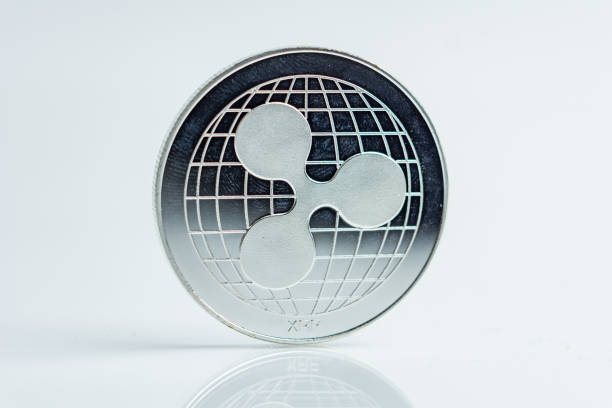
Ripple’s rapid expansion across the global finance space, along with the continued growth of the XRP Ledger (XRPL) , has drawn significant attention from the broader market. Ripple CEO Brad Garlinghouse recently spotlighted the company’s top five strategic acquisitions, emphasizing how these deals are shaping the crypto payment firm’s future and reinforcing XRP’s central role within the evolving ecosystem. Ripple and XRP Ledger Solidify Global Position Through Acquisitions In an X social media post on Friday, Garlinghouse confirmed that with the complete acquisition of Hidden Road, now rebranded as Ripple Prime , the crypto payments company has finalized five key takeovers in roughly two years. These include GTreasury, Rail, Standard Custody , Metaco, and now Ripple Prime. Each acquisition strengthens the company’s position in the global finance ecosystem and aligns with its vision to create what Garlinghouse calls an “internet of value,” where one moves as easily as information does online. Garlinghouse emphasized in his post that XRP sits “at the center of everything Ripple does,” underscoring its vital role in the company’s growing range of financial products . Every acquisition, whether focused on liquidity management, custody, or settlement, aims to enhance how institutions leverage Ripple’s payment technology and, ultimately, the XRP Ledger to transfer value globally with greater efficiency and security. Following Garlinghouse’s post, crypto market expert Crypto Sensei raised an important question about how the company’s new integration would handle settlement. He also asked whether the company’s stablecoin, RLUSD , which already lives on Ethereum, would also operate on the XRP Ledger. While the Ripple CEO has not confirmed the specifics, the community chimed in, suggesting that the payments firm plans to roll out RLUSD on XRPL soon . This would allow the recently acquired brokerage platform, Ripple Prime, to handle both liquidity and settlement natively on the ledger. If this happens, the company could soon control everything from trade execution to settlement, with XRP acting as the core bridge asset . It’s a move that could help the company achieve its clear goals of integrating traditional financial infrastructure with blockchain-based liquidity. The Firm Uses XRP In Landmark Equity Deal In another major development, crypto enthusiast Diana announced that Ripple has confirmed through a US Securities and Exchange Commission (SEC) filing that it paid for a corporate acquisition using XRP as the payment currency . The filing by Armada Acquisition Corp II revealed that Ripple contributed 126,791,458 XRP, approximately $305 million, in exchange for equity units that would convert into PubCo Class A shares upon closing. The transaction marks one of the first instances where XRP has been used directly as a financial instrument in a regulated equity deal. This move signifies a milestone for Ripple, especially since it officially concluded a 7-year lawsuit with the SEC earlier this year, which had alleged that XRP was a security. According to Diana, the purchase will effectively transform XRP from a utility token into a form of institutional capital. The payment firm’s use of XRP as payment also comes on the heels of its GTreasury acquisition and its inclusion in the Federal Reserve’s Faster Payments Task Force Steering Committee, further embedding XRP into mainstream financial operations. Bitcoin World
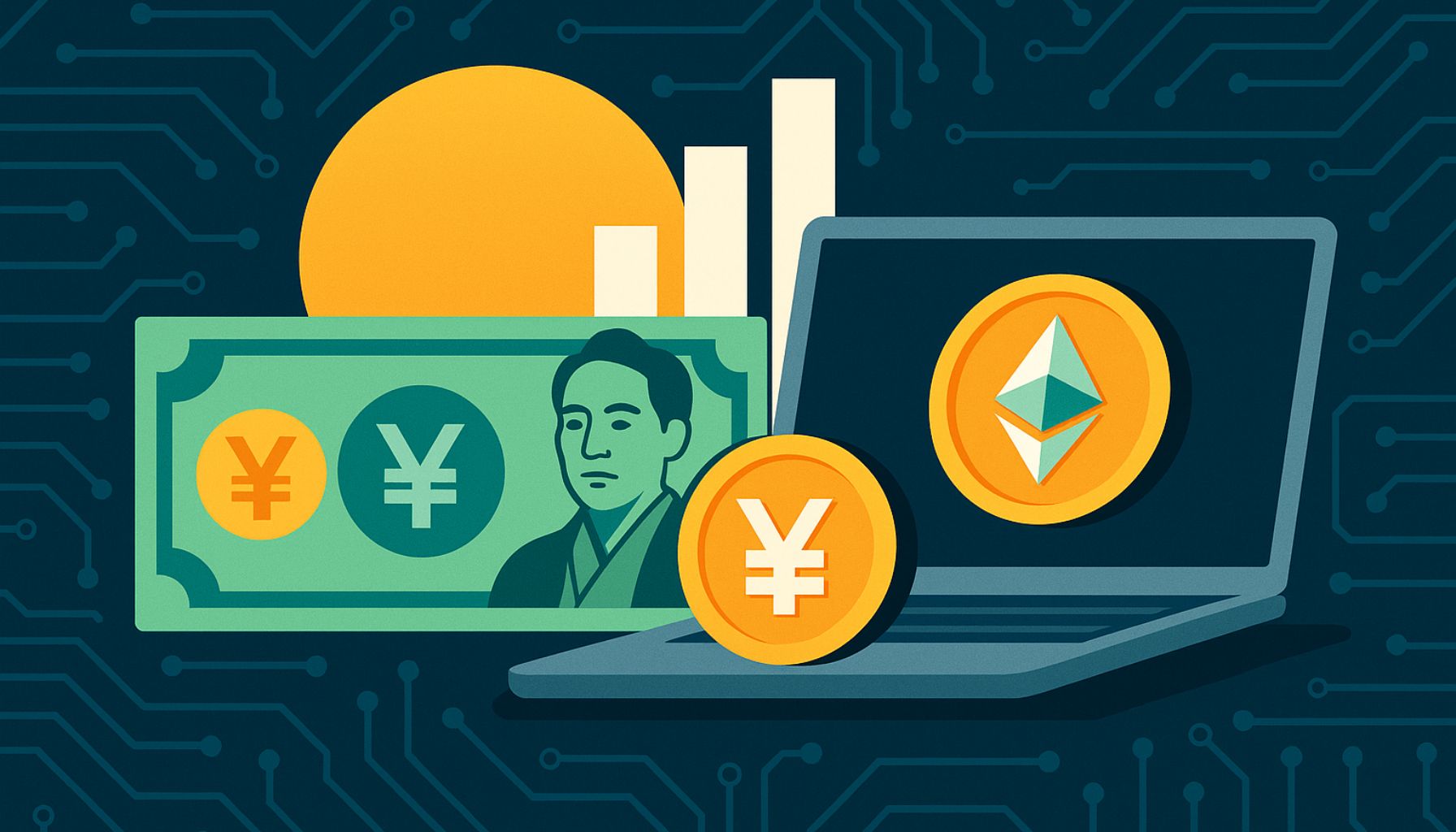
Digital Yen Goes Live: JPYC EX Integrates Traditional Finance With DeFi
Japan has officially stepped into the regulated stablecoin era with the launch of JPYC EX, the country’s first fully licensed digital yen under the revised Payment Services Act. This milestone marks a pivotal moment for Japan’s financial sector, bridging traditional banking infrastructure with the Web3 ecosystem. Related Reading: Ethereum OG Drives $500M Liquidity Flow Into ConcreteXYZ & Stable Vaults – Details Building on earlier versions of JPYC, the new JPYC EX is designed to serve as a compliant, yen-backed stablecoin connecting the nation’s banking system to blockchain-based commerce, DeFi applications, and cross-border payments. With full legal authorization and asset backing, it positions the yen as a future cornerstone in global digital finance. According to CryptoQuant, the total stablecoin market capitalization has now surpassed $150 billion, forming the backbone of liquidity for crypto markets, DeFi protocols, and global payments. Analysts from Citi and Bloomberg project that this figure could expand to between $1.6 and $4 trillion by 2030. Within that rapid growth, JPYC is forecasted to capture roughly 2% of the market, reaching a valuation of around $70 billion. A Fully Regulated Digital Yen Bridging Japan’s Finance and Web3 What distinguishes JPYC EX from other stablecoins is its combination of regulatory clarity, asset backing, and technical versatility. Domestic bank deposits and Japanese government bonds fully collateralize each token, ensuring complete transparency and stability. This structure makes JPYC EX one of the world’s most legally robust stablecoins. A benchmark for compliance-driven innovation in digital finance. Built on Ethereum, Polygon, and Avalanche, JPYC EX provides instant yen transfers with near-zero fees. Making it a practical tool for businesses and individuals alike. It supports commerce, payroll, peer-to-peer payments, and DeFi applications, offering the efficiency of blockchain without sacrificing legal or operational safeguards. Related Reading: Bitcoin Heat Macro Phase Signals Accumulation Before Next Growth Wave JPYC EX also aligns closely with Japan’s digital transformation strategy, which aims to merge traditional finance with emerging Web3 systems. By serving as a settlement layer for e-commerce platforms, NFT marketplaces, and cross-border transactions, the stablecoin enables instant yen transfers across Asia, lowering costs and increasing accessibility for international trade. Looking ahead, analysts forecast JPYC’s market capitalization could reach $70 billion by 2030. It represents roughly 2% of the global stablecoin market. This growth potential underscores Japan’s ambition to establish the digital yen as a key pillar of the decentralized global economy. With its blend of regulatory trust, technological precision, and global reach, JPYC EX may redefine how national currencies operate in the Web3 era. Stablecoin Dominance Shows a Cooling Phase After Recent Surge The chart shows that stablecoin market dominance currently sits around 8.31%, following a sharp rise earlier in October that pushed the ratio above 9%. This level often signals heightened demand for liquidity and safety, as traders move capital into stable assets amid market uncertainty. Over the past few months, dominance has steadily climbed from the 7.3%–7.5% range, reflecting a cautious sentiment as Bitcoin and major altcoins face selling pressure. However, the recent pullback suggests that some funds are beginning to rotate back into risk assets, a potential early sign of market stabilization. Technically, the dominance remains above both the 50-day and 200-day moving averages, indicating a broader uptrend in liquidity positioning. If this level holds, it may serve as a buffer during continued volatility. Conversely, a sustained drop below 8% could signal that traders are redeploying capital into crypto assets, possibly fueling short-term rallies. Related Reading: Bitcoin STH-SOPR Falls Below 1.0 for the First Time Since April – What This Means Stablecoin dominance remains elevated — a sign that market participants still prefer holding dry powder. Until dominance begins a more decisive decline, this cautious stance will likely persist, underscoring the market’s fragile balance between risk-off sentiment and the readiness for re-entry into volatile assets. Featured image from ChatGPT, chart from TradingView.com Bitcoin World


